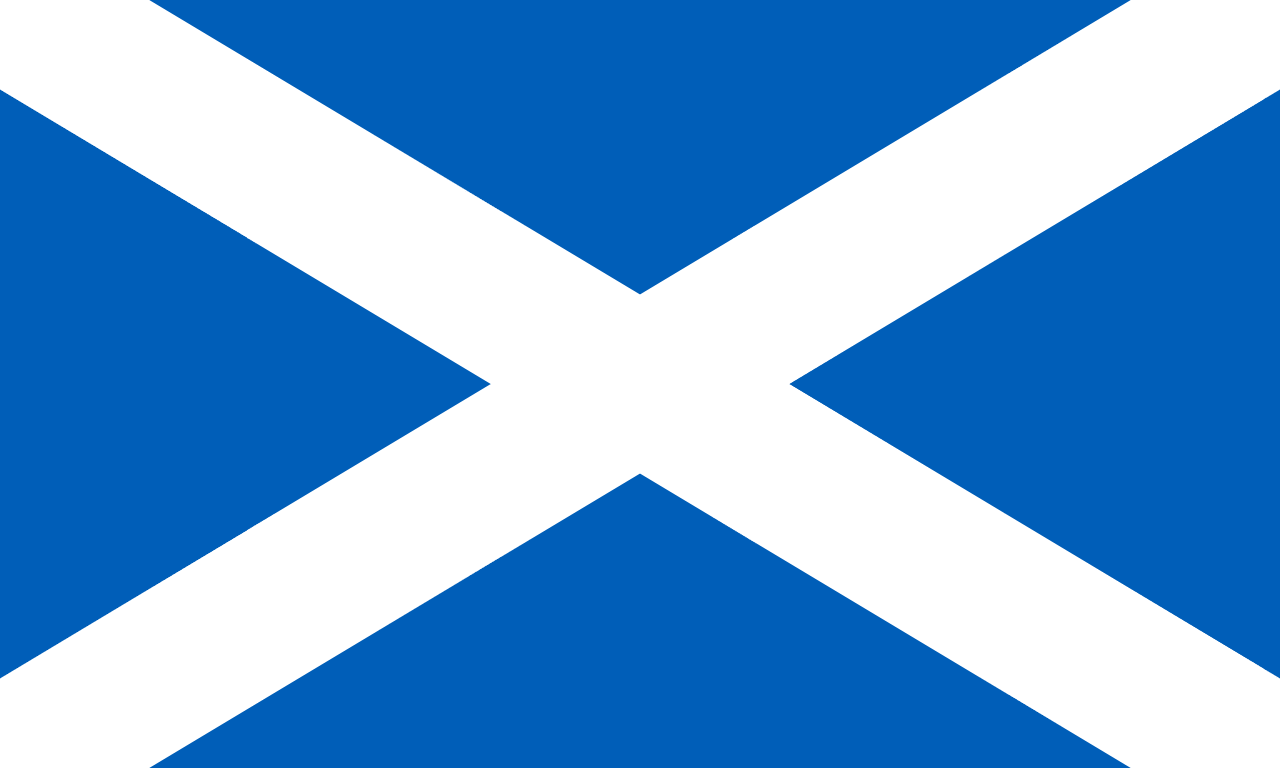Norway Flag Meaning
Nordic cross design with red field, white cross, and blue outline, symbolizing Norwegian independence and Scandinavian heritage.
- Continent
- Europe
- Adopted
- 1821
- Ratio
- 8:11
- Colors
- red, white, blue
- Designer
- Fredrik Meltzer

Symbolism
Nordic Cross: The distinctive cross design represents Christianity's central role in Norwegian culture and connects Norway to its Scandinavian neighbors Denmark, Sweden, Finland, and Iceland.
Red Field: Represents the strength, courage, and determination of the Norwegian people, as well as their Viking heritage and warrior spirit throughout history.
White Cross: Symbolizes peace, honesty, and the snow that covers Norway for much of the year, as well as the pure intentions and democratic values of the nation.
Blue Outline: Represents the surrounding seas (North Sea, Norwegian Sea, Barents Sea), the fjords that define Norway's landscape, and the nation's maritime heritage.
Color Combination: The red, white, and blue colors were chosen to represent liberty and independence, similar to other democratic nations like France, the United States, and the United Kingdom.
History
- 1397-1814: Norway was part of the Kalmar Union and later Denmark-Norway, flying Danish flags during this period of political union with Denmark.
- 1814: Norway's constitution was written at Eidsvoll, establishing Norway as an independent nation, though it entered a personal union with Sweden.
- 1821: Fredrik Meltzer designed the current flag, which was officially adopted by the Norwegian Parliament (Storting) as a symbol of Norwegian identity within the Swedish union.
- 1844: The flag gained the nickname 'sildesalaten' (herring salad) due to its red, white, and blue colors resembling the popular Norwegian dish.
- June 7, 1905: Norway declared independence from Sweden, and the flag became the symbol of a fully sovereign Norwegian state for the first time in over 500 years.
- 1940-1945: During Nazi occupation, flying the Norwegian flag became an act of resistance, and the flag symbolized hope for liberation and national freedom.
Trivia
- Norway consistently ranks as one of the world's happiest countries and has the largest sovereign wealth fund globally, built from North Sea oil revenues.
- The midnight sun phenomenon means parts of northern Norway experience 24 hours of daylight during summer, while having polar night in winter.
- Norway has won more Winter Olympic medals than any other nation, with winter sports being deeply embedded in Norwegian culture and identity.
- The country has one of the world's longest coastlines (25,148 km) with over 50,000 islands, creating the famous fjord landscape.
- Norwegian is closely related to Danish and Swedish, and many Norwegians can understand their neighbors' languages without formal study.
- The Nobel Peace Prize is awarded in Oslo, Norway, while other Nobel Prizes are awarded in Stockholm, Sweden, honoring Alfred Nobel's will.
- Norway is home to the indigenous Sami people, who have their own flag and maintain traditional reindeer herding culture in the northern regions.
- The Northern Lights (Aurora Borealis) are visible from northern Norway, making it a popular destination for aurora tourism.
- Norway has a 'Right to Roam' law (allemansretten) allowing public access to most natural areas, reflecting the culture's connection to nature.
- The country has Europe's largest population of brown bears, wolves, and wolverines, despite being heavily populated in the south.
- Norwegian stave churches represent a unique architectural heritage, with 28 medieval wooden churches still standing today.
- The flag flies at half-mast on April 9 (German invasion anniversary) and is prominently displayed on May 17, Norway's Constitution Day, the biggest national celebration.
- Norway was one of the founding members of NATO but has twice voted against joining the European Union in referendums (1972 and 1994).
Related Countries

Denmark
Europe
A red field with a white Nordic cross slightly offset toward the hoist, known as the Dannebrog, representing one of the world's oldest national flags and the Christian heritage of the Danish kingdom.

Sweden
Europe
A blue field with a yellow Nordic cross extending to the flag's edges, representing the Christian heritage that shaped Swedish culture and the national colors that have symbolized Sweden since medieval times, part of the Nordic cross tradition shared with other Scandinavian countries.

Scotland
Europe
The Saltire - white diagonal cross of Saint Andrew on azure blue field, one of the world's oldest national flags.

United Kingdom
Europe
The Union Jack combines the crosses of Saint George (England), Saint Andrew (Scotland), and Saint Patrick (Ireland) on a blue field, representing the political union of England, Scotland, and Ireland under one crown, though Wales is not directly represented in the flag design.

Finland
Europe
A white field with a blue Nordic cross slightly offset toward the hoist, representing Finland's Nordic heritage, the blue lakes and sky, and the white snow that covers the land for much of the year in the 'Land of a Thousand Lakes.'

Netherlands
Europe
A horizontal tricolor of red, white, and blue, the oldest tricolor still in use today. It originated in the 16th century during the Dutch Revolt against Spain.